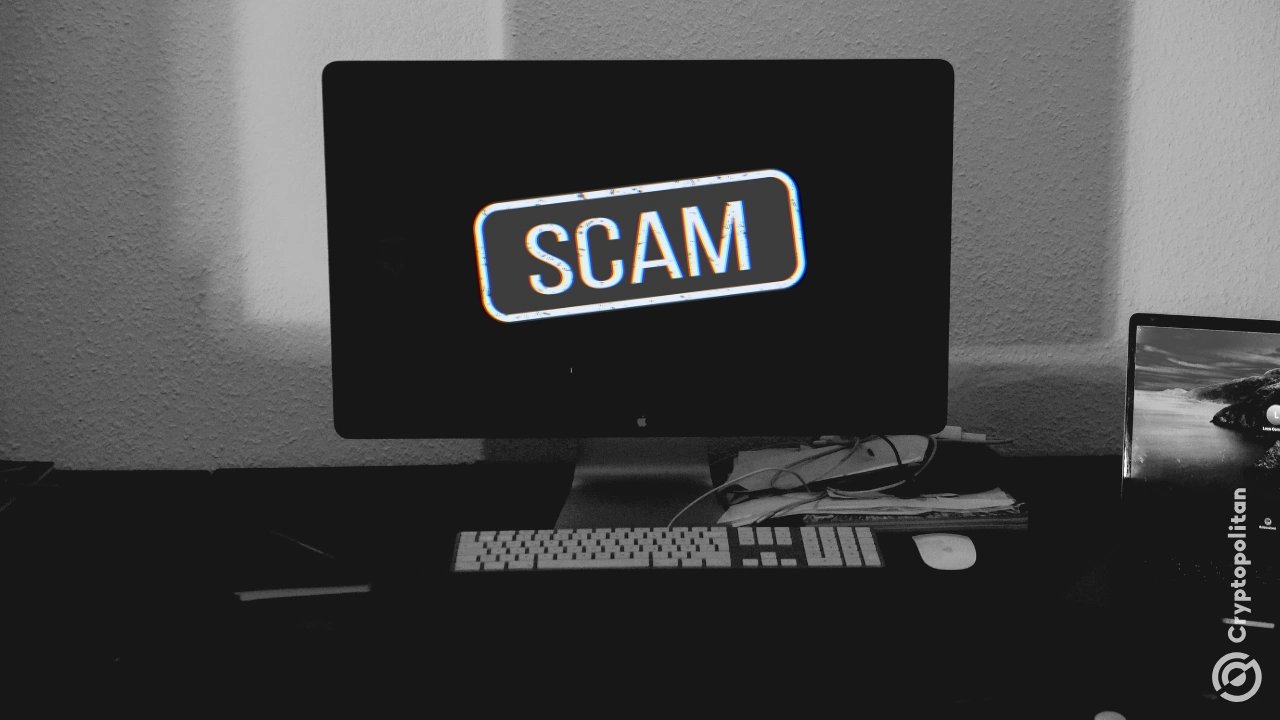In the ever-evolving and opportunity-filled world of cryptocurrency, dangers lurk just beneath the surface. As Bitcoin and other cryptocurrencies gain popularity among investors, the shadow of phishing scams grows ever larger. Have you heard of "phishing wallets"? They are not a new kind of cryptocurrency; rather, they are the culprits behind substantial losses for countless investors. So, what exactly is a phishing wallet, and how does it operate? More importantly, as Bitcoin investors, how can we effectively protect ourselves? Today, let’s delve into this critical topic to safeguard our assets and ensure every investment is as secure as possible.
What Is a Phishing Wallet?
A phishing wallet is, as the name suggests, a fraudulent wallet address or platform designed to deceive users into providing their private keys or recovery phrases by masquerading as a legitimate wallet. Once a user transfers assets to a phishing wallet, the funds are virtually unrecoverable. This tactic is widely used in scams involving Bitcoin and other cryptocurrencies, where scammers entice users through bogus websites or communication channels.

For example, scammers may create a website that closely resembles a well-known exchange or wallet service, even using spoofed emails or social media messages to pressure users into entering sensitive information on these fake platforms. Once a user falls victim, the phishing wallet quickly transfers the stolen funds, making recovery nearly impossible.
How Do Phishing Wallets Work?
Phishing wallets typically operate in a few steps:
Fostering Trust: Scammers usually impersonate legitimate organizations, such as exchanges, wallet service providers, or tech support, using emails, social media, and forums. They create seemingly trustworthy QR codes or links, often relying on fake official websites or apps.
Inducing Action: Under the direction of the scammers, users may be prompted to download malicious software or visit a specific link for a transfer. If a user unknowingly downloads malware or connects to a phishing wallet through a spoofed link, their information is compromised.
Transferring Funds: Once users move assets into a phishing wallet, the scammers quickly transfer the funds, often using anonymizing services like mixers to obscure the source of the money, making it more difficult to trace.
How to Prevent Phishing Wallets?
To protect your digital assets from loss, you need to master some preventive strategies as an investor:
1. Verify the Authenticity of Websites
Always access exchanges or wallet services through official channels, avoiding direct links in emails or social media. Check the website URL to ensure it is secure and matches official information; pay attention to the last “s,” confirming you are on a secure https site.

2. Don’t Trust Unknown Requests
If someone reaches out through social media or email offering investment opportunities or asking you to send funds, remain cautious. Legitimate organizations will not request sensitive information or funds through personal channels.
3. Use Hardware Wallets
Opt for more secure hardware wallets to store Bitcoin and other digital assets. Unlike online wallets, hardware wallets better protect your private keys from network attacks.
4. Enable Two-Factor Authentication
Implement two-factor authentication (2FA) on your crypto accounts to add an extra layer of security. Even if your password is compromised, without the second verification step, a thief cannot easily access your account.
5. Educate Yourself Regularly
The cryptocurrency market is rife with both true and false information, so remain vigilant. Regularly read up on cryptocurrency scam prevention tips, news, and related materials to update your knowledge and avoid getting lost in the information flood.

Conclusion
In this era of immense opportunities, as you invest in Bitcoin and other digital assets, it's paramount to remain cautious and aware of lurking phishing threats in the digital space. Understanding how phishing wallets operate and taking necessary security measures is a vital skill for every investor. As part of the Bitcoin community, let’s work together to create a safer, more transparent investment environment, safeguard our assets, and seize every investment opportunity that comes our way!














No comments yet